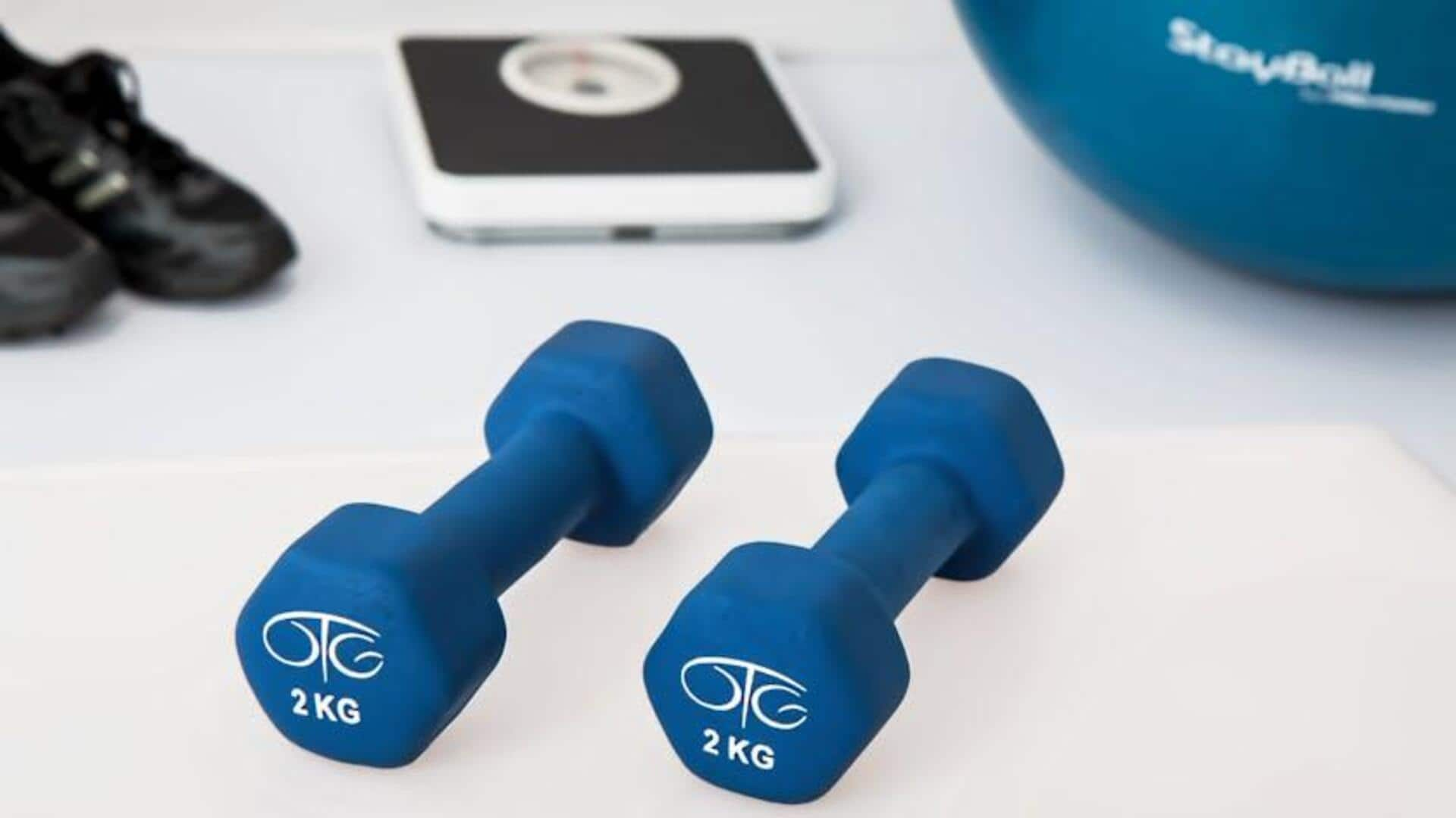
5 fitness myths you should stop believing
What's the story
In the world of fitness, myths and misconceptions can often derail your progress. These myths are so widespread, they can lead to ineffective workouts or even injury. Understanding these common misconceptions is crucial for anyone looking to improve their fitness routine. By debunking these myths, you could focus on what truly matters in achieving your health goals. Here are five prevalent fitness myths, that might be sabotaging your workout routine.
#1
Myth: More exercise equals better results
Many think that working out more will automatically yield better results. But, overtraining can lead to fatigue, injuries, and burnout. Quality often trumps quantity when it comes to working out. It is important to give your body time to recover from workouts in between for optimal performance and muscle growth. Integrating rest days into your schedule is equally important as the workouts themselves.
#2
Myth: Spot reduction works
Spot reduction refers to losing fat from a particular area by targeting it through exercises like crunches or leg lifts. Sadly, this myth continues to thrive, despite being busted by several studies. Fat loss is a whole-body phenomenon, not an area-specific one. A balanced diet, coupled with an all-encompassing workout regimen, yields better results for overall fat loss.
#3
Myth: Cardio is all you need for weight loss
While cardio exercises such as running or cycling are great for cardiovascular health and burning calories, doing only cardio may not be enough for your weight loss goals. Strength training is key to building muscle mass, which boosts metabolism and helps burn calories even when you're resting. A combination of both cardio and strength training gives better results.
#4
Myth: Lifting weights makes you bulky
The fear of getting bulky often stops people from including weightlifting in their routines, especially women who fear getting too much muscle. In reality, building a lot of muscle size requires a particular training regimen and diet, which most casual gym-goers don't follow. Weightlifting tones muscles and improves strength without getting you bulky.
#5
Myth: Stretching prevents injuries before workouts
Stretching before a workout has long been believed to prevent injuries. But, static stretching may not be as helpful as once thought when done before working out vigorously. Lifting weights immediately after stretching cold muscles could put you at a higher risk of injury instead. Dynamic warm-ups involving movements similar to those done during exercise prepare muscles well. This minimizes potential harm while improving performance levels overall.